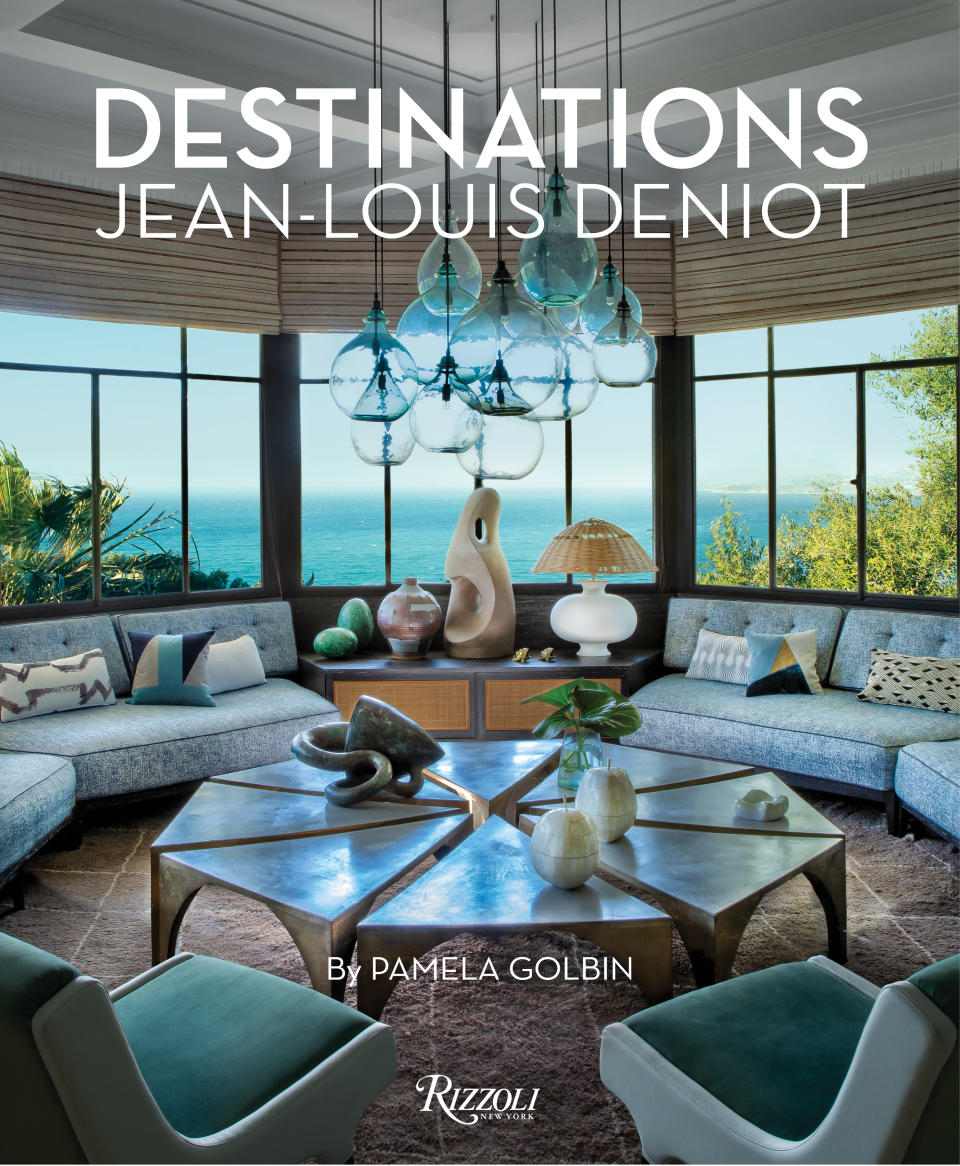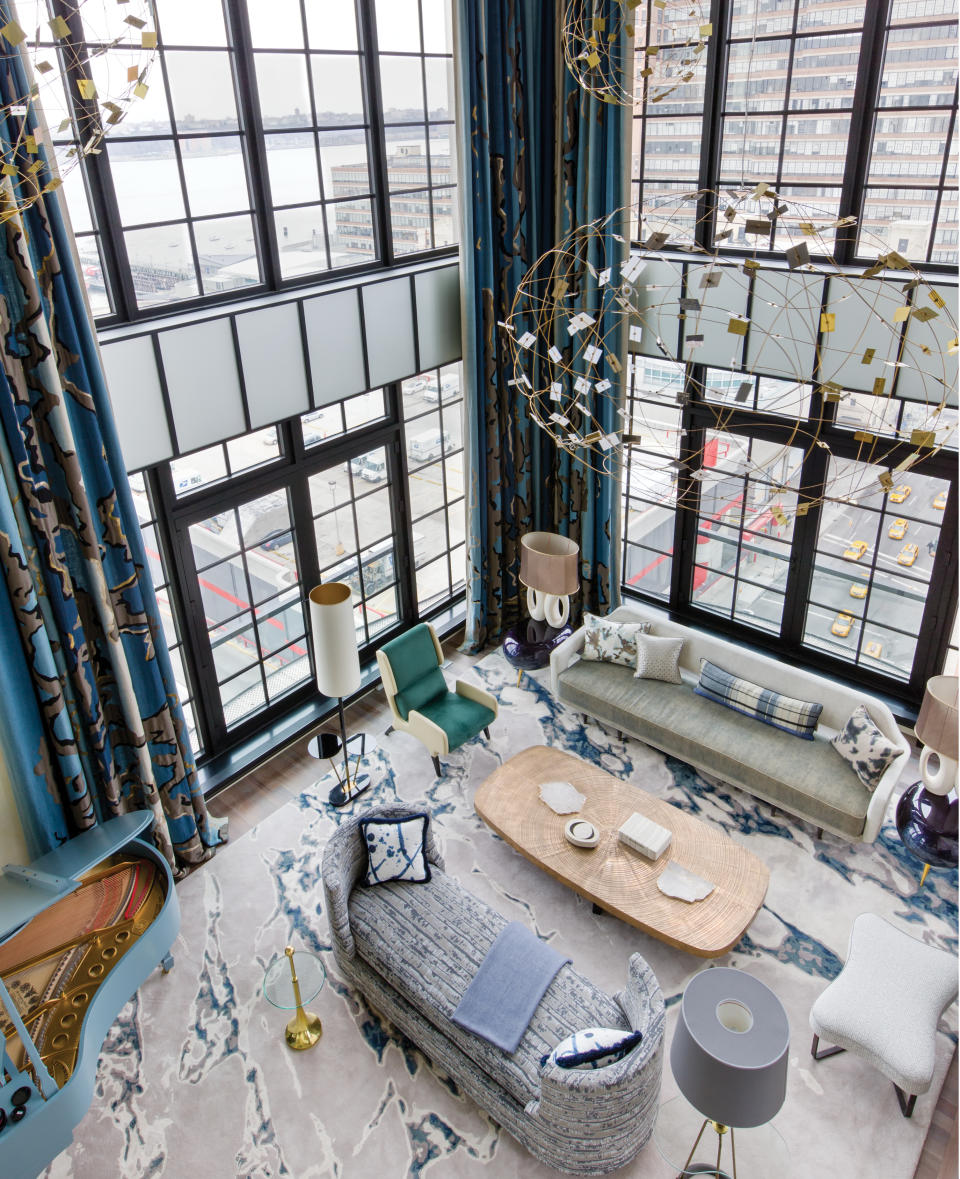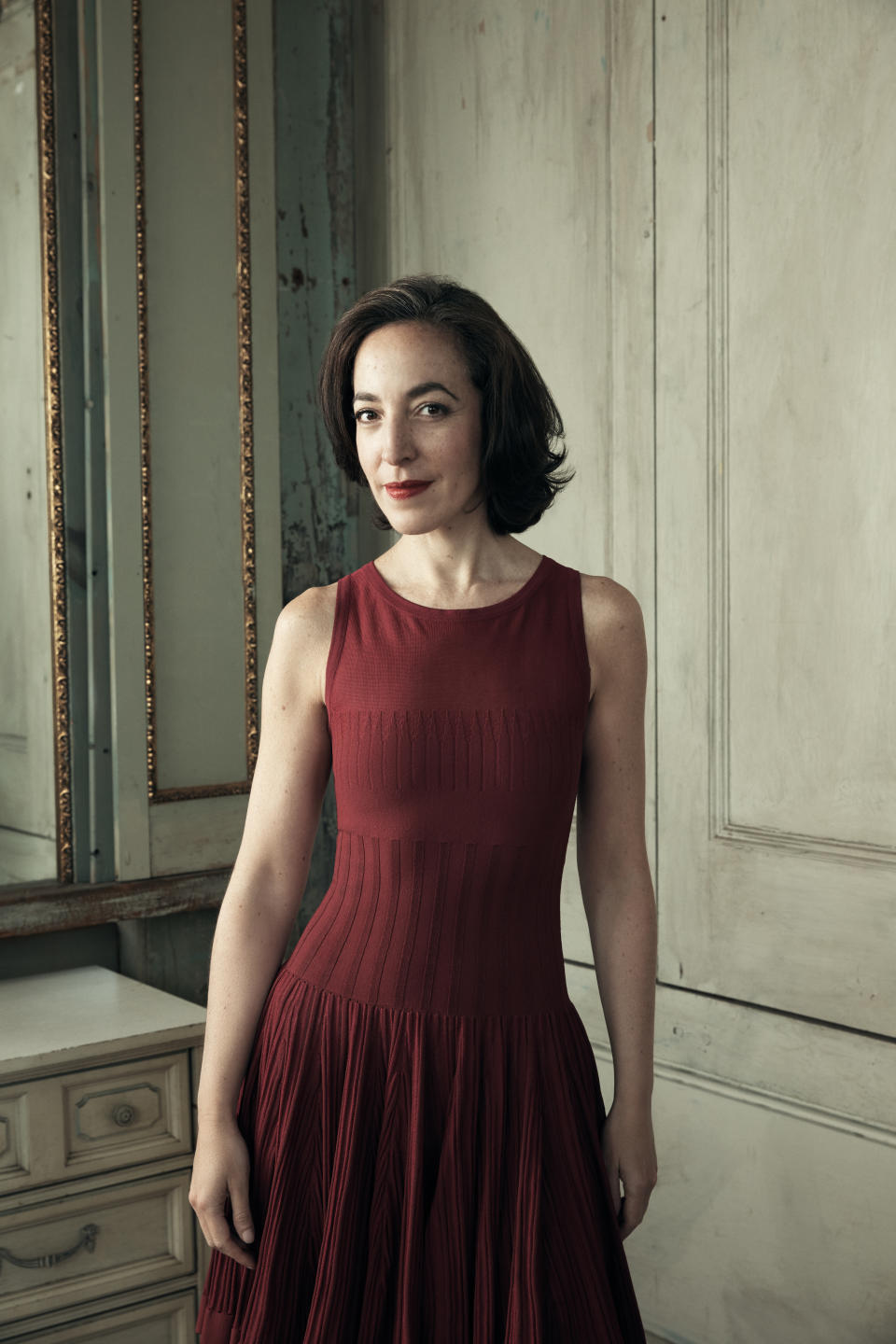These 18 Homes Offer Inspiration Aplenty, and DIY Ideas

When Dior’s couturier Maria Grazia Chiuri told Pamela Golbin recently that a dress alone is important, “but the woman in the dress and in her surroundings is what makes the difference,” the observation stuck with her, and helped shape the approach to her latest book, “Jean-Louis Deniot: Destinations.”
“The home space is a natural extension of fashion because it defines the context in which you wear your clothes,” Golbin muses while discussing the 320-page tome, due out this September from Rizzoli New York. “It’s more about lifestyle.”
More from WWD

Courtesy of Rizzoli New York
The photo-driven book, interspersed with a lively conversation between Golbin and the French interiors maven Deniot, has the transporting feel of a travelogue and the glamor of “Lifestyles of the Rich and Famous,” sprinkled with some DIY advice.
Golbin, an author and luxury-industry expert perhaps known for her long tenure as chief curator of fashion and textiles at Les Arts Décoratifs in Paris, describes it as a “masterclass” in conceiving an interior, considering such aspects as “the rhythm inside the house,” the impact of light and dark colors, how to deal with rooms that are too large or too small, and the relationship between indoor and outdoor spaces.
Among Deniot’s recommendations are using sparse furnishings to amplify the ethereal nature of a spacious room; rolling the same outdoor carpet inside and on the terrace to extend the size of the room, or using indoor-looking furniture outside; throwing a painted canvas on a low ceiling to give a room “depth and movement,” and using yellow paint to suggest sunlight in a somber room.
His challenge in all his projects, whether it’s a mansion, an apartment or a private plane, is to create an interior with lasting appeal, and one that reveals its secrets slowly to its owners.
“I’m not here to give you what you wish for now. My challenge is to make you discover your taste for the next 15 to 20 years,” he tells Golbin.
Among the insights Deniot offers:
“I like to mix objects from different eras and even centuries to skew the notion of time.”
“People get rid of things too quickly and too easily. On the contrary, I encourage people to collect and keep objects…They create an instant feeling of stability and continuity with the past.”
“You always need a monumental piece so that your eyes can read the true scale of the room and have a baseline for the right measurements.”
“The one thing I cannot control is the client’s personal art collection. In order to do it justice, I like to isolate the art near a set of doors or panels flanking the piece so that it’s not about matching the artwork with the drapes.”

Stephan Julliard
Golbin says she’s known Deniot for almost two decades so their 30 hours of conversation flowed easily, much of it conducted in Paris during the pandemic.
“It really is about the process of getting to what the picture shows,” she says, citing a wish to “open up these projects to any type of reader, for them to see things differently, and maybe get some ideas for their own homes and how to think about their interiors differently. Because, just like clothing, interiors change your mood, but also change your lifestyle and how you live.”
Golbin says she also hopes readers come away with the idea that interiors are malleable, even if Deniot’s decorating takes a village of artisans.
“You can have a very light approach in changing your interiors: It doesn’t have to be a major production. Even small changes can have a big impact, whether it be the colors of the walls, or certain accessories, or certain fabrics,” she suggests.

Eric Ogden
The owners of the 18 properties are rarely identified, one exception being the two-story residence in Cali, Colombia, of handbag designer Nancy Gonzalez (who was recently arrested and extradited to the U.S. as a result of Justice Department charges of smuggling and conspiracy).
“Her home really reflects her sense of precision. She’s exceptionally detailed in her choices, but is always open and appreciates new and different points of view,” Deniot offers.
He tried to maintain a loft-like ambiance while demarcating rooms with various ceiling treatments — a gray oval inset over the living room; a square over the dining room, and a circle in the bedroom.
A Russian dacha that sits in Normandy, France, has an indirect fashion connection: It used to belong to Pierre Berge? and Yves Saint Laurent, who commissioned Jacques Grange to transform the vast estate, which includes a neo-Gothic 19th-century villa.
Now owned by Russians, the country cottage was given a contemporary spin.
“I felt very respectful of the place, its DNA and its initial purpose — to be more of a smoking room for Yves Saint Laurent,” Deniot relates. “Originally, the dacha referenced a winter white Russia, whereas I amplified elements that were inspired by the proximity of the seaside.”
Fashion has inspired some of the elements used in Deniot’s projects, from monumental curtains embroidered by famous couture embroidery house Lesage to the color of what’s underfoot.
“I remembered a suede sofa that Coco Chanel had in her Rue Cambon apartment in a color she referred to as ‘wet sand.’ It inspired me to do a wet sand-colored cement flooring throughout the entire property,” he says, referring to a villa in Porto Vecchio, Corsica.
Golbin says her wish is for readers “to discover Jean-Louis’ approach to creating seamless narratives, like movie screenplays — to tell the best story out of an existing space.”

Stephan Julliard
SEE ALSO:
Hundreds of Chanel Projects In, Peter Marino Still Isn’t Tired of Black and White
Stefano Pilati Turns His Hands to Furniture Design
Christian Siriano Discusses Interior Design, Hotel and Restaurant Projects
Best of WWD
Sign up for WWD's Newsletter. For the latest news, follow us on Twitter, Facebook, and Instagram.